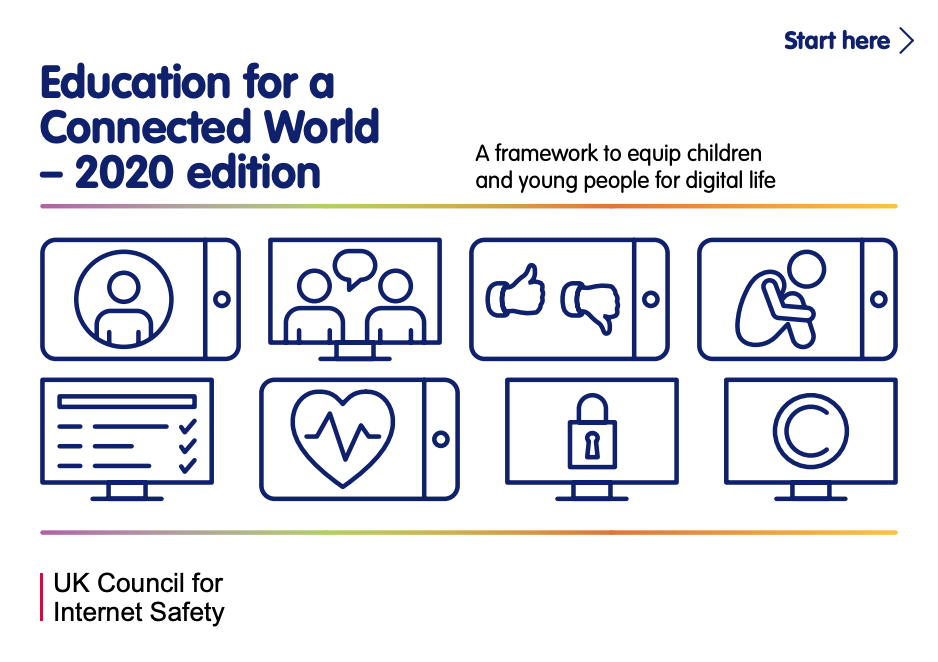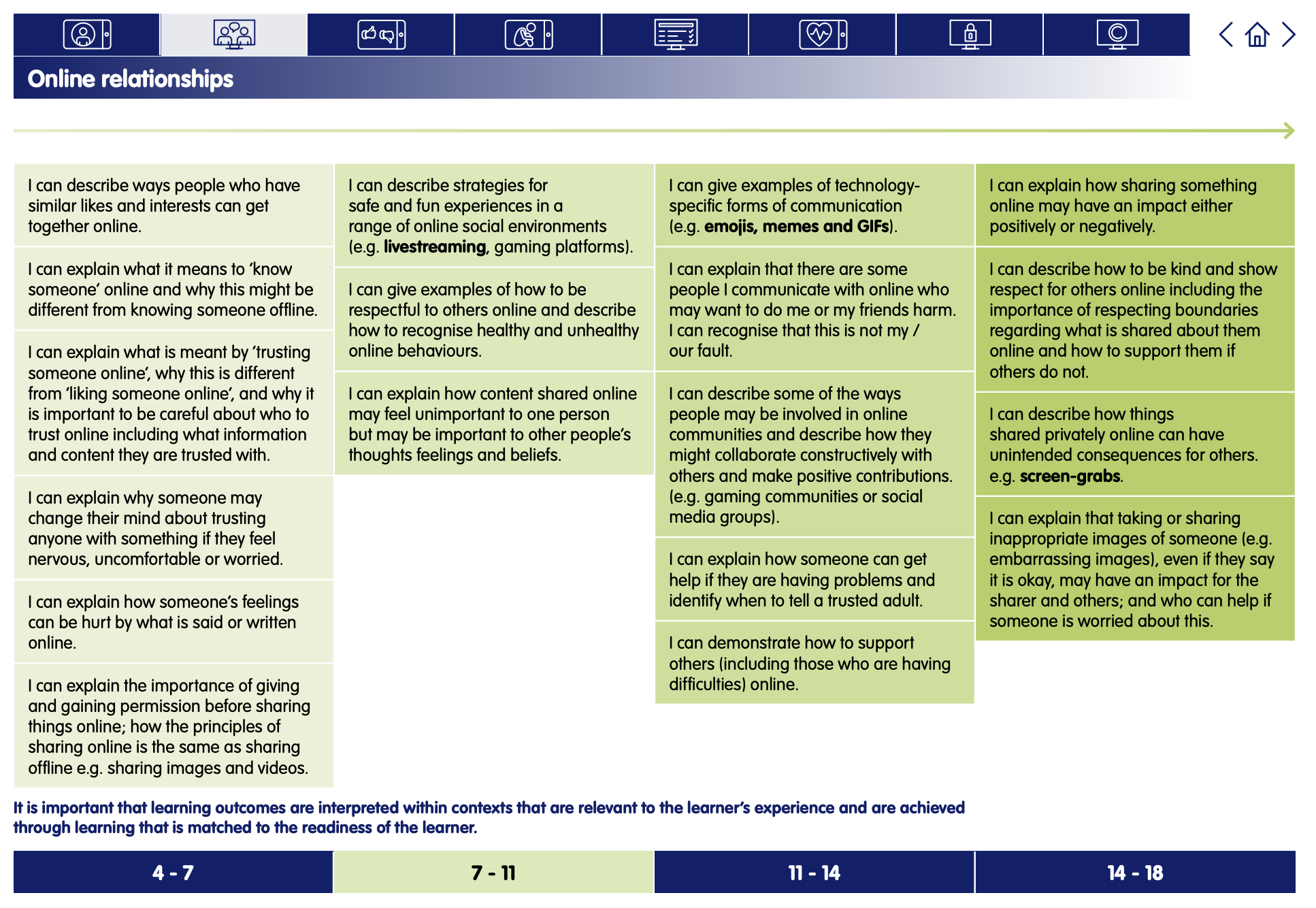Keeping Games Fun and Friendly
Digital Literacy and Online Safety (Y5) - Lesson 4
A note about this lesson

This lesson is taken from Common Sense Education’s excellent Digital Citizenship curriculum. Their resources are shared for free under A Creative Commons Attribution- NonCommercial- NoDerivatives 4.0 International License.
You can find the original resources HERE.
Objectives
- Define "social interaction" and give an example.
- Describe the positives and negatives of social interaction in online games.
- Create an online video game cover that includes guidelines for positive social interaction.
Lesson 1 - My Media Choices
Lesson 2 - Private and Personal Information
Lesson 3 - Our Online Tracks
Lesson 4 - Keeping Games Fun and Friendly
Lesson 5 - Be a Super Digital Citizen
Lesson 6 - A Creator's Rights and Responsibilities
Links to Education for a Connected World.
This lesson from Common Sense Media's Digital Citizenship curriculum links to the following strands from the Online relationships section of the Education for a Connected World framework.
Introduction - Pair Share
Social interaction is part of what makes online gaming so popular and engaging for kids. Of course, online communication can come with some risks. Show your students how to keep their gaming experiences fun, healthy, and positive.
Ask: What are all the different ways you communicate with your friends? Face to face? On your phone or computer? Take turns sharing your ideas with your partner. (Slide 4)
Invite two or three students to share their partner's responses. If time permits, also allow one or two volunteers to share their own answers. As students share, capture their answers on the board.
Point to the answers you captured and ask: What do all of these types of communication have in common? Why do we engage in them?
Invite students to share answers. Clarify that these are all social interactions, where the purpose is to connect with others and have fun. (Slide 5)
Analyse - Online Gaming Video
Circle the examples that students gave that involve digital media or media devices (e.g., text messaging, online chatting, video chatting, etc.). Ask: How do you think the examples that I circled are different from the other ones?
Invite students to answer. If necessary, clarify that the circled examples involve using digital media, which is information that comes to us through the internet, often through a tablet, smartphone, or laptop. (Slide 6)
Say: Today we're going to be talking about online social interaction and online gaming, and ways that you can keep them fun and positive. We're going to start by watching a video and taking some notes.
Distribute the Video Observation Form Student Handout and read the directions aloud.
Show the Keeping Games Fun & Friendly video to students on Slide 7, and allow one to two additional minutes afterward for students to capture notes.
Invite students to share their notes about the social interactions in the video. Capture these responses on the board or in a projected version of the student handout. Prompt students to be as detailed as possible in their responses, including specific quotes and actions from the different characters in the video (see the Teacher Version of the Student Handout for examples).
Ask: Overall, do you think the interactions in the video were mostly fun and positive? Or mostly negative? Why? Write your response in the second box on the handout. Allow students three minutes to write. (Slide 8)
Invite students to share their responses with the class, and prompt them to provide specific examples from the video to support their answer. Clarify that what Cody was doing can be called griefing: irritating or angering people in a video game by being mean or destructive or by cheating. (Slide 9)
Say: Today we just talked about social interaction in an online game. But social interaction can take place in many different ways when you're online, such as through messaging, on social media, or in comments on a website. It's important to remember that your comments and interactions have an impact on others.
Apply - Video Game Cover Project
Distribute the Video Game Cover Project Student Handout and read the directions aloud. Remind students that the video game must be school appropriate, and if they aren't sure, they should check with you first. (Slide 10)
Allow students 15 minutes to work. As necessary, vet video game ideas to make sure they don't include mature or explicit themes or any other ideas inappropriate for your classroom.
Ask one or two student volunteers to share their work with the class.
Invite other students to share what they liked about their classmates' presentations.
Have students complete the Lesson Quiz. Send home the Family Activity and Family Tips.
Extension Activity:
After they've done a draft of their cover, you can have students complete a final draft using a web tool such as Canva, Ready Maker, or FlipSnack EDU.


